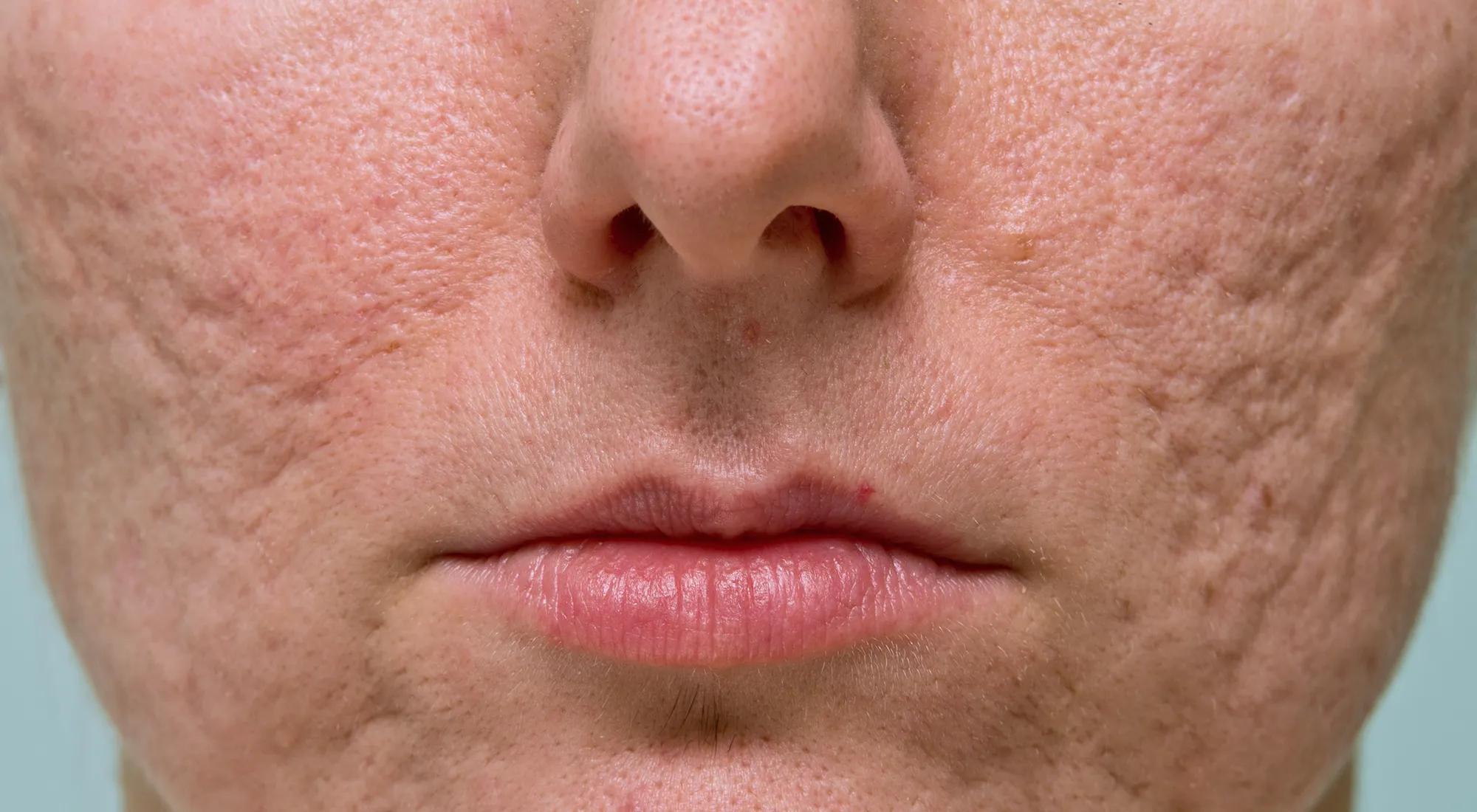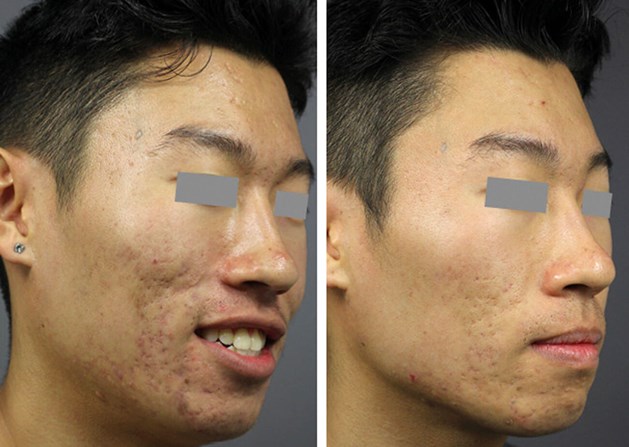Finest Acne Scars Treatment: Advanced Techniques for Smoother Skin
Finest Acne Scars Treatment: Advanced Techniques for Smoother Skin
Blog Article
Discovering Skin Problem: Recognizing and Treating Acne Scars for Healthier Skin
Acne scars represent a considerable issue for individuals seeking to maintain healthy skin, as they can impact both appearance and self-confidence. Recognizing the various kinds of scars, from atrophic to hypertrophic, is crucial for figuring out proper treatment options.
Understanding Acne Marks

The body's all-natural healing procedure can result in either atrophic scars, which look like depressions in the skin, or hypertrophic scars, which are raised and arise from overproduction of collagen. In addition, the mental toll of acne marks should not be undervalued; many individuals report sensations of shame, stress and anxiety, and decreased self-esteem. This emotional problem can influence social interactions and general lifestyle.
Resolving acne marks requires an extensive understanding of their development and influence. Recognition of the potential for long-term repercussions linked with untreated scars can encourage people to look for suitable treatments. Early intervention and reliable management strategies can considerably enhance skin appearance and enhance psychological resilience, emphasizing the importance of understanding the complexities bordering acne marks.
Kinds of Acne Marks
Acne scars can be categorized into distinct types, each exhibiting unique characteristics and requiring specific therapy strategies. acne treatment for sensitive skin. The main sorts of acne marks consist of atrophic, hypertrophic, and keloid scars

Hypertrophic scars, in comparison, are elevated above the skin degree and are the outcome of excessive collagen manufacturing throughout the healing procedure. They typically stay within the borders of the original acne lesion. Keloid marks are comparable but prolong past the initial injury site, developing bigger, elevated areas that can be itchy or excruciating.
Understanding these kinds of marks is essential for selecting proper therapy options. Different scars might react better to particular treatments, such as laser therapies, fillers, or medical interventions, emphasizing the value of a customized strategy to acne mark management.
Determining Your Scars
Acne marks generally fall right into 2 categories: atrophic and hypertrophic marks. These can further be categorized right into ice-pick marks, boxcar scars, and rolling marks, each showing distinct qualities and calling for different methods for analysis.
Hypertrophic marks, on the other hand, are raised and happen because of too much collagen production during the recovery procedure. Recognizing the certain functions of your marks-- such as appearance, depth, and width-- is crucial for appropriate recognition (acne and acne scars treatment). In addition, think about the distribution of scars throughout your skin, as this can suggest the extent and duration of the acne condition
Engaging with a dermatologist can offer valuable insights right into the nature of your marks, helping in the differentiation between various kinds. A detailed understanding of your marks will eventually result in a more tailored and reliable therapy plan, guaranteeing a clearer and much healthier skin tone.
Therapy Alternatives Offered
Identifying the specific kind of acne scars present on your skin prepares for checking out effective therapy choices. Common sorts of acne scars include atrophic (clinically depressed), hypertrophic (increased), and post-inflammatory erythema.
For atrophic scars, alternatives such as chemical peels, microneedling, and laser resurfacing are commonly used. Chemical peels off use acids to remove the external layer of skin, promoting brand-new cell growth. Microneedling entails small needles that produce micro-injuries, stimulating collagen manufacturing. this Laser resurfacing targets damaged skin cells, boosting structure and tone.
Hypertrophic marks can be treated with corticosteroid injections to squash the scar or laser treatment to minimize inflammation and boost appearance. Silicone gel sheets and pressure dressings might also help in managing increased marks.
On top of that, facial fillers can momentarily fill up in clinical depressions from atrophic scars, while medical excision might be proper for severe situations. Each therapy option has its advantages and considerations, making it important to seek advice from with a skin specialist. They can give personalized suggestions based upon the type and intensity of your scars, along with your skin kind and overall wellness.
Tips for Prevention
Reliable prevention methods can substantially lower the chance of creating acne marks. Using non-comedogenic products helps avoid blocked pores, which can exacerbate acne.
Avoiding the urge to select or stand out acne lesions is crucial, as this can lead to much deeper skin damages and enhance the risk of scarring. Rather, take into consideration utilizing a chilly compress or over-the-counter therapies to lower swelling and inflammation.
Sun protection is an additional crucial aspect of avoidance; ultraviolet (UV) rays can dim scars and prevent the recovery process. Using a broad-spectrum sun block with a minimum of SPF 30 daily can protect the skin and advertise even healing.
Last but not least, preserving a well balanced diet regimen rich in anti-oxidants, vitamins, and minerals supports skin wellness and recovery. Staying moisturized and handling stress degrees can also play a substantial function in decreasing acne flare-ups. right here By implementing these approaches, individuals can significantly minimize their chances of creating acne scars.
Final Thought
In final thought, understanding and determining acne marks is essential for effective treatment and accomplishing much healthier skin. Numerous kinds of acne scars, including hypertrophic and atrophic marks, demand specific interventions tailored to private demands.
The body's all-natural recovery procedure can result in either atrophic scars, which appear as anxieties in the skin, or hypertrophic marks, which are elevated and result from overflow of collagen. They are further split into three subtypes: ice choice marks, boxcar marks, and rolling marks. Acne marks generally fall into two classifications: hypertrophic and atrophic marks. These can additionally be identified right into view it ice-pick marks, boxcar scars, and rolling scars, each exhibiting distinct qualities and needing different techniques for evaluation.
Various types of acne scars, including hypertrophic and atrophic marks, require specific interventions customized to private needs.
Report this page